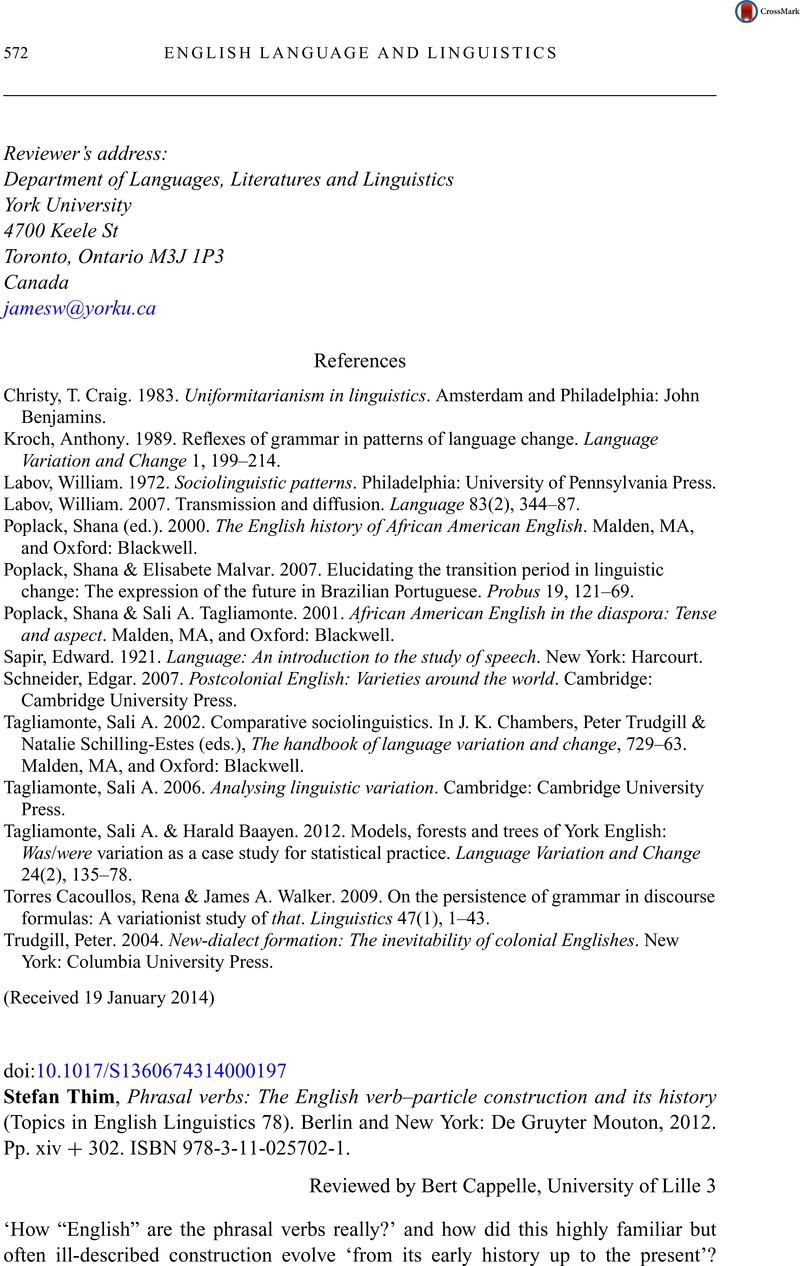Lin, Yuri,
Michel, Jean-Baptiste,
Aiden, Erez Lieberman,
Orwant, Jon,
Brockman, William &
Petrov, Slav.
2012. Syntactic annotations for the Google Books Ngram Corpus.
Proceedings of the 50th Annual Meeting of the Association for Computational Linguistics, vol. 2:
Demo Papers (ACL '12), 169–74. Stroudsburg, PA: Association for Computational Linguistics.
Google Scholar 